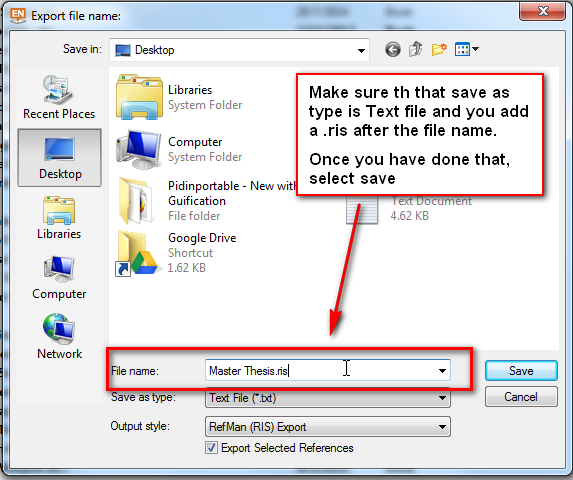Transfering Mendeley Library To New Mac

Home > Learn > Manage > Synchronize Documents
|
Transferring Mendeley Library To New Mac Free
Dec 19, 2019 How to migrate your old Mac's data to your new Mac Start with your old Mac. Connect the Thunderbolt, FireWire, or Ethernet cable from your old Mac to your new Mac. If you are using local Wi-Fi, make sure both Macs are connected to the same Wi-Fi network. Open your new Mac. Launch a Finder window by clicking on the Finder icon in your Dock. Oct 25, 2019 On your new Mac: Open Migration Assistant, which is in the Utilities folder of your Applications folder. Click Continue. When asked how you want to transfer your information, select the option to transfer from a Mac, Time Machine backup, or startup disk.
Mac gcc compile library manager. Oct 12, 2019 In order to compile GCC from sources you will need a working C compiler. In the remaining of this article I will assume that you have installed the Command Line Tools for Xcode. At the time of this writing Apple’s Command Line Tools maps the gcc and g to clang and clang. If you don’t have the Command Line Tools installed, open a Terminal and write. How to install the gcc compiler on a mac Hi, I was just wondering, I have been learning c on a mac and I have no way to compile my code. I need to know how to install gcc on my MacBook. You need clang or an Apple gcc compiler to compile objective-C code (mac/SDLMain.m) because the system headers use blocks, which aren't supported by FSF GCC without Apple's patch for blocks added. For example GCC from macports doesn't work. Clang does support blocks. XCode 4.2/GCC 4.2.1 is tested and confirmed working. Dec 11, 2017 Fig.04: Compiling and running sample “Hello world” C program on Mountain Lion 10.8.4. And, there you have it, the gcc version 4.2.1 installed and working correctly on the latest version of Mac OS X 10.8.4. In Apple’s version of GCC, both cc and gcc are actually symbolic links to the llvm-gcc compiler.
How do i find the library folder on my mac. Jan 12, 2020 You can access the hidden Library folder without using Terminal, which has the side effect of revealing every hidden file on your Mac. This method will only make the Library folder visible, and only for as long as you keep the Finder window for the Library folder open.